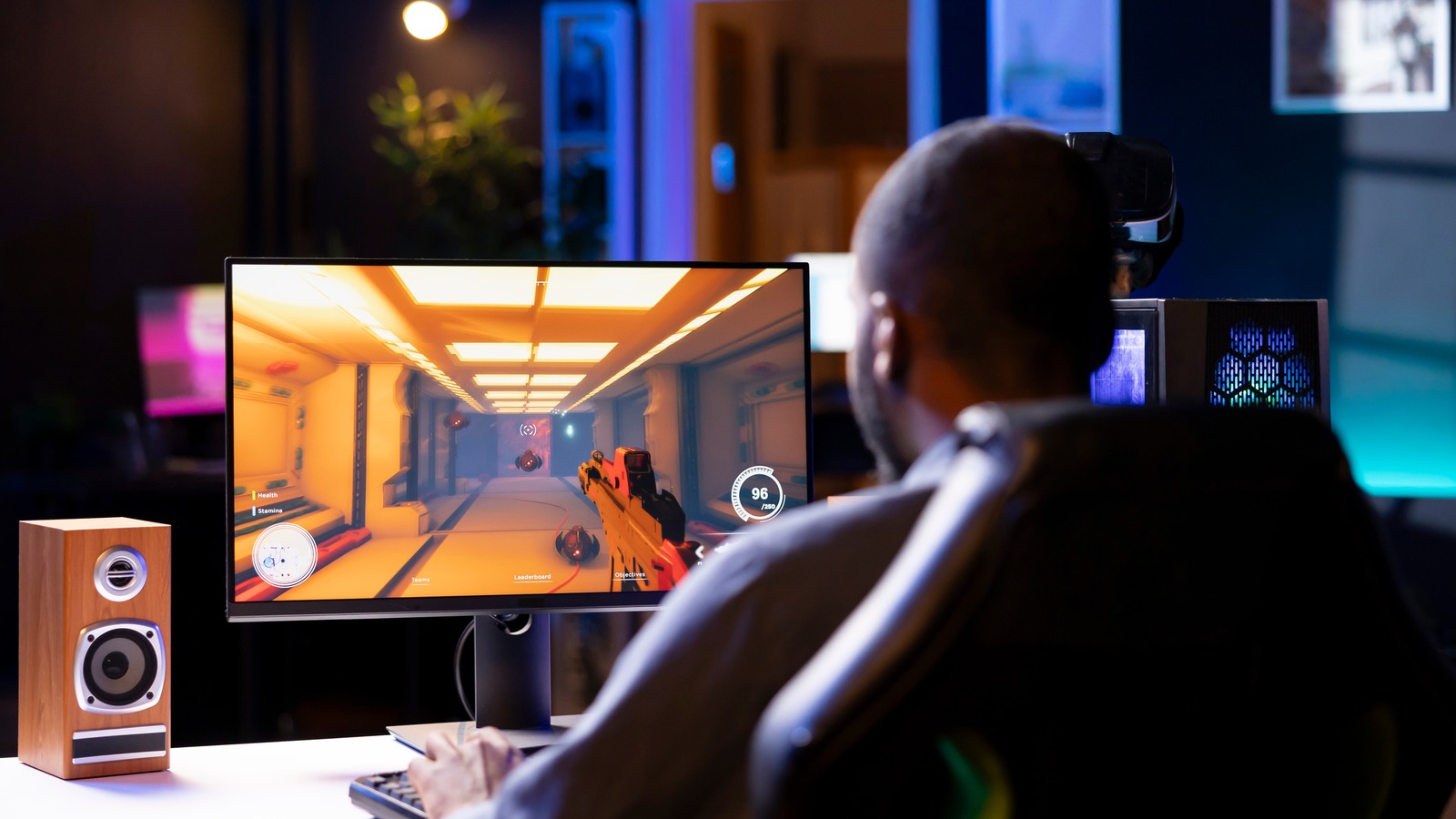Ilekun si ęda (Door to Creation) by Nazar Bombata (Image courtesy of Swiirl)
Opinions expressed by contributors are their own.
In the vibrant landscape of South Los Angeles, at Marlton School, LAUSD’s pioneering preK through 12 campus for deaf and hardofhearing students, a unique creative initiative is taking shape.
It’s a project poised to fuse accessibility, art, and artificial intelligence, challenging our conventional thinking about technology’s role in education.
As the buzz of LA Tech Week fades, this collaboration is a potent reminder that the most meaningful innovation often blossoms not in conference halls, but within the focused energy of our community classrooms.
What if the true potential of AI lies not in automation, but in amplification, helping every student in every community find and share their unique voice?
For too long, the narrative around technological advancement has celebrated disruption without addressing inclusion. In an age where user data is an invaluable currency, who gets to be seen and heard?
Students in underrepresented groups, including those with disabilities, frequently find themselves on the sidelines, lacking access to the platforms where tomorrow’s stories are being crafted. This creates a dangerous imbalance where corporations and algorithms benefit, while the communities providing the foundational insights are left out of the economic equation.
A different future is possible. The initiative at Marlton School, spearheaded by the nonprofit Pulse Arts, exemplifies this. By integrating accessible technology tools with arts education, they are creating a space where students can actively create and share their stories.
For example, a student can use an accessible generative tool to sign a poem in ASL, and the platform helps translate those gestures into a dynamic, shareable piece of visual art.
This is agency.
As one Pulse Arts teaching artist noted, “For the first time, our students aren’t just the subjects of a story. They are the authors.”
This hyperlocal project mirrors a broader shift from topdown, extractive models toward partnerships built on shared value. This shift is essential, and it’s the core of my company, Swiirl.
Our work centres on enabling brands to move beyond advertising at communities and into genuine dialogue with them. We’ve built a platform that allows brands, through sophisticated AI agents, to respectfully join permissionbased community conversations.
The goal isn’t to sell, but to listen, learn, and build understanding.
Crucially, this process ensures community members are compensated for their insights, transforming the dynamic from extraction to equitable exchange. The authentic understanding gleaned from these conversations then becomes the foundation for cocreating campaigns with the community, ensuring the final message resonates because it originates from within.
This listeningfirst model is not confined to a single classroom. It’s power unfolds nationally through our partnership with NBA legend Jerome “JYD” Williams on the “Shooting for Peace” 40city educational tour.
In each city, students first attend financial literacy workshops. Using our platform’s accessible tools like simple voicetotext video capture, they record their own stories about money and ambition. These authentic narratives are then shared with brand partners, proving the program’s impact and ensuring student voices are central to the campaign.
While the generative AI market is projected to top $1 trillion by 2032, initiatives like these prove that AI, when guided by humancentered values, can strengthen community bonds and democratize opportunity.
Los Angeles, with its vibrant intersection of technology and culture, is the perfect crucible for this work. Pioneering schools like Marlton and programs like Pulse Arts are demonstrating that technology doesn’t have to be a divisive force. It can be a tool driven by the educators and students who put these ideas into practice.
The conclusion is simple: AI must serve humanity, not the other way around.
Technology finds its highest purpose when it empowers individuals to share their unique perspectives and participate fully in the economy. When students who have been historically marginalized use these tools to craft their own stories, technology transforms from a potential threat into an instrument of justice and creativity.
The path forward requires clear action. Brands must invest in these models, educators must be empowered to adopt them, and policymakers must champion the inclusive future we are building together, classroom by classroom.







